SUMMARY
This is AI generated summarization, which may have errors. For context, always refer to the full article.
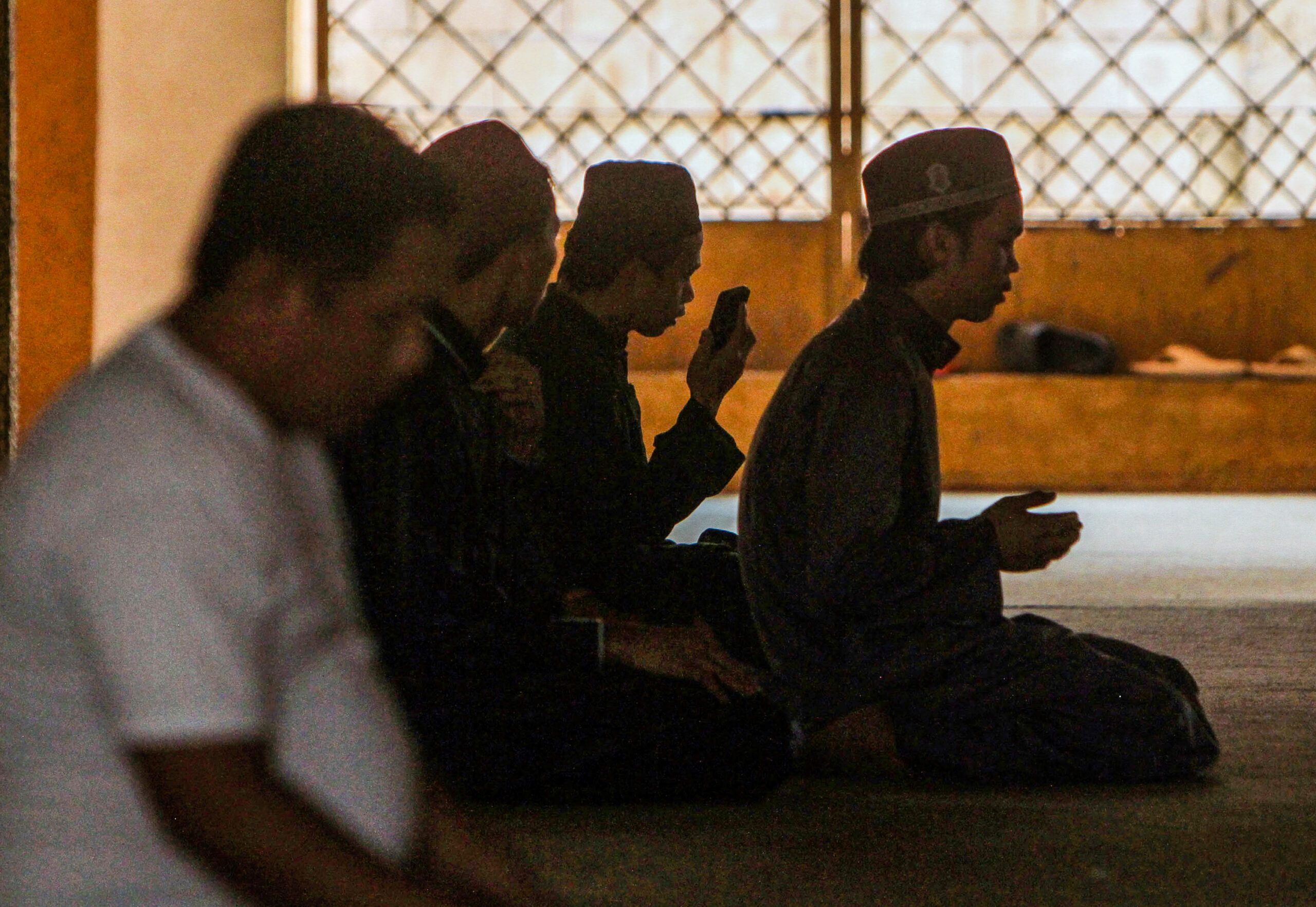
GENERAL SANTOS, Philippines – The Islamic Advisory Council of the Bangsamoro Autonomous Region in Muslim Mindanao (BARMM) will deploy teams of religious scholars to strategic locations in four provinces and two cities in Mindanao to determine the end of Ramadan, said BARMM Deputy Mufti Abdulrauf Guialani over the weekend.
The groups will keep watch for the crescent moon in sighting points in Parang and Datu Odin Sinsuat towns in Maguindanao del Norte; PC Hill and Timako Hill in Kalanganan Dos village in Cotabato City; Pahut in Bongao, Tawi-Tawi; Jolo port in Sulu; Isabela in Basilan; and Iligan Bay area in Iligan City.
Moon sighting is an important aspect of the Muslim tradition as it determines significant events in the Islamic calendar, such as the beginning and end of Ramadan.
In old times, moon sighting was accomplished with the naked eye. But modern technology such as telescopes and other gadgets has made the process more efficient, according to the speaker. Mecca in Saudi Arabia was traditionally the hub for moon sightings.
President Ferdinand Marcos Jr. has declared Friday, April 21, as a non-working holiday in observance of Eid al-Fitr, the breaking of the fast.
The end of the month-long dawn-to-sunset fasting of Muslims, however, is tentatively scheduled for April 21 and would be determined by the sighting of the crescent moon on Thursday, April 20, according to the Islamic advisory council, Bangsamoro Darul Ifta (BDI).
If the moon is sighted on Thursday, Eid al-Fitr will be observed on the following day. If not, the breaking of the month-long fast will be set for Saturday, April 22, according to Guialani.
He said the moon sighting teams will report to him about their observations, which will form the basis of his announcement about when Ramadan will end.
Just like the beginning of Ramadan, Eid al-Fitr is observed with the first sighting of the new moon. In the Islamic calendar, each month begins with the sighting of the new crescent moon and lasts either 29 or 30 days.
Ustadz Alnor Bagdad Mohammad Tan, the alim of the Mohammad Mosque in Palin in the non-BARMM city of General Santos, said they will follow the advisory from the BDI on when to celebrate Eid al-Fitr.
Eid al-Fitr is a festive occasion for Muslims worldwide, signifying the end of the holy month of Ramadan. Ramadan is the 9th month of the Islamic Hijrah lunar calendar, which consists of 12 months. The 12th month is designated for Haj, the pilgrimage to Mecca.
Tan explained that the Western calendar is based on the cycles of the sun, whereas the Hijrah is about 10 days shorter. As a result, Ramadan falls on a different date each year in the Western calendar. Currently, the Hijrah is in its 1444th year (AH or Anno Hegirae, Latin for the year of the Hijrah).
Ramadan is a sacred month for Muslims, during which they observe a fast that is considered one of the five pillars of Islam. These pillars are faith, prayer, charity, fasting, and pilgrimage to Mecca.
During Ramadan, Muslims are encouraged to give to charity, strengthen their relationship with God, and practice kindness and patience.
Muslims typically celebrate Eid al-Fitr on the first day of the month of Shawwal. They attend early morning Eid prayers in mosques, often dressed in new clothes. Before heading to the mosque, a believer makes sure to eat something, even if only a little, to indicate the completion of the fasting period.
A day or two before Eid al-Fitr, affluent Muslims give blessings to charity in the form of Zakat al-Fitr to allow the less fortunate to partake in the festivities as well.
During Eid al-Fitr, animals are not slaughtered for offerings, which is reserved for Eid al-Adha, a feast celebrated during the Hajj month. Instead, Muslims indulge in sweets and other delicacies.
Eid al-Fitr is a celebration during which families and friends visit one another, greet each other with “Eid Mubarak! (Have a blessed Eid),” partake in meals, and enjoy each other’s company. Elders often give money to younger members of the family. – Rappler.com
Add a comment
How does this make you feel?
![[OPINION] Stop getting owned by Apollo Quiboloy](https://www.rappler.com/tachyon/2024/04/tl-stop-getting-owned-by-quiboloy.jpg?resize=257%2C257&crop=271px%2C0px%2C719px%2C720px)
![[OPINION] On divorce and Filipino values](https://www.rappler.com/tachyon/2024/04/divorce-filipino-values-april-24-2024.jpg?resize=257%2C257&crop_strategy=attention)

![[Judgment Call] Is Rappler an ‘enabler’ of Catholic ‘copycats’?](https://www.rappler.com/tachyon/2024/04/catholics-copycats-april-18-2024.jpg?resize=257%2C257&crop=418px%2C0px%2C1080px%2C1080px)
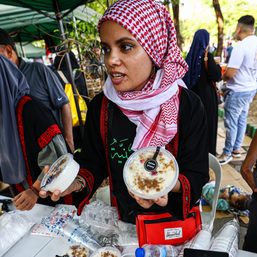

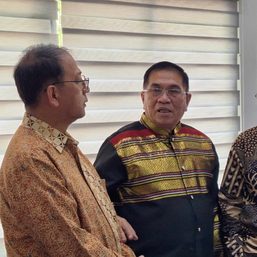
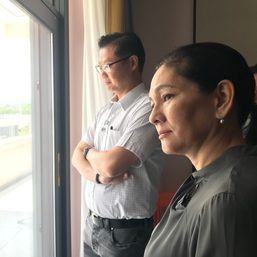

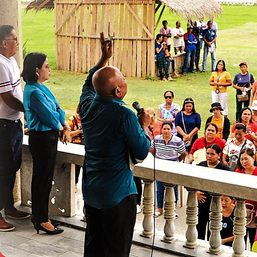
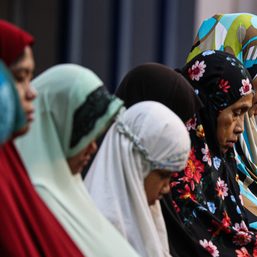
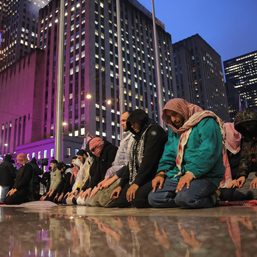
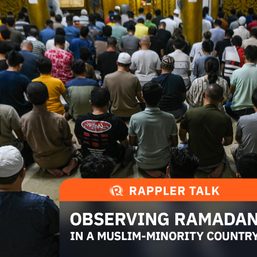
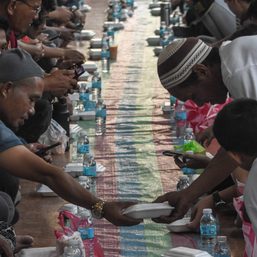
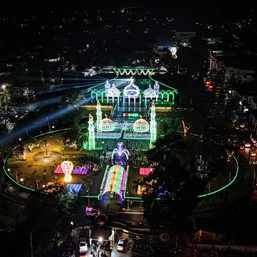
There are no comments yet. Add your comment to start the conversation.